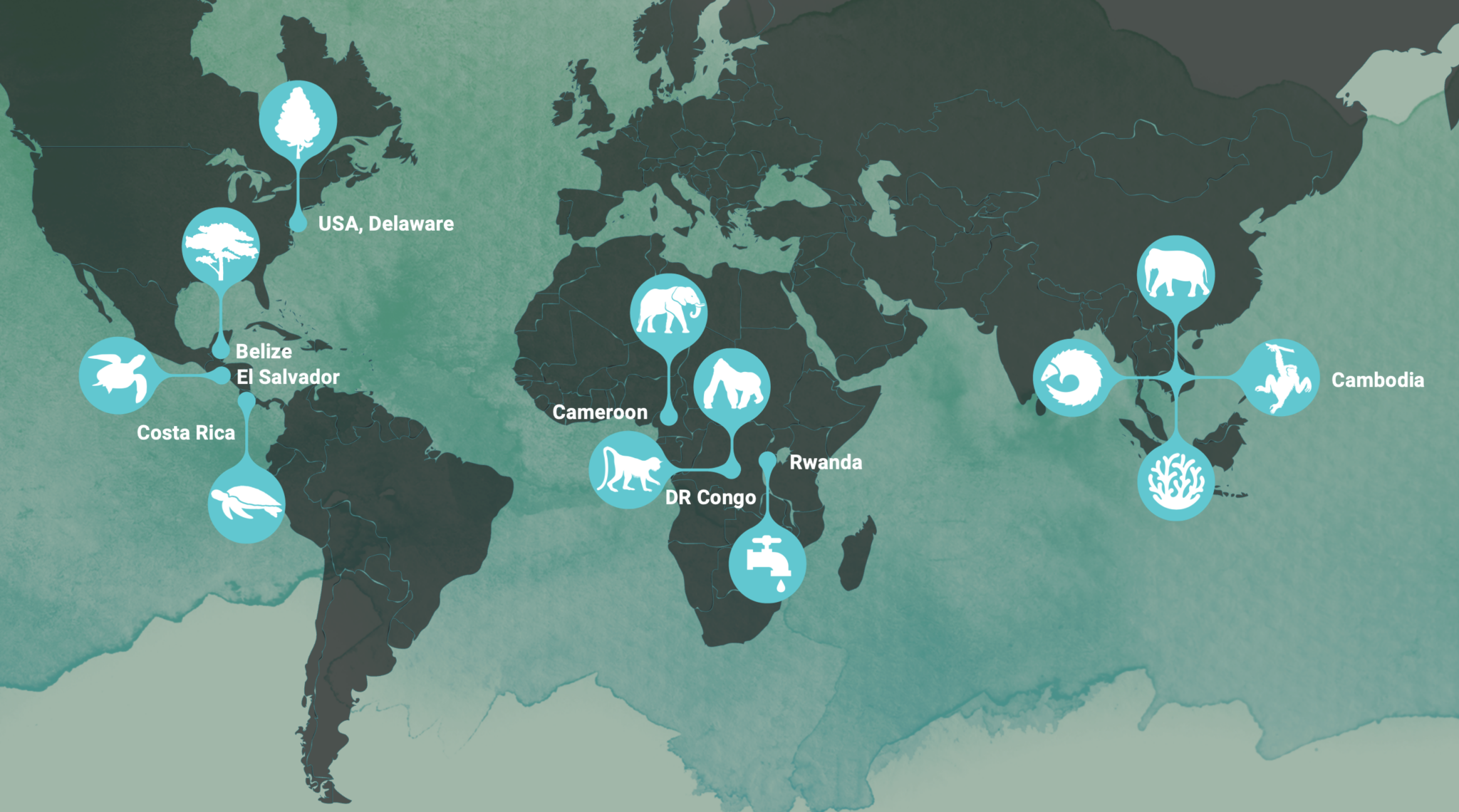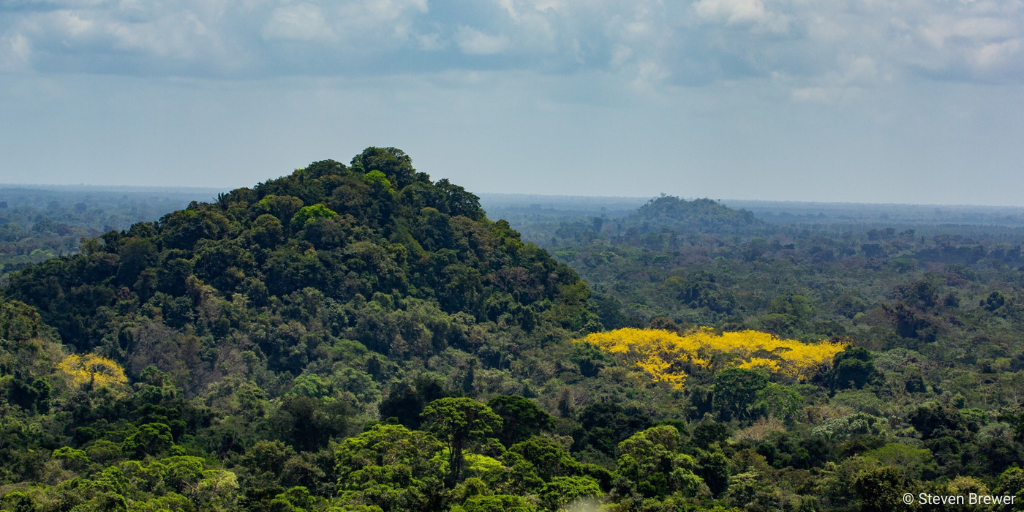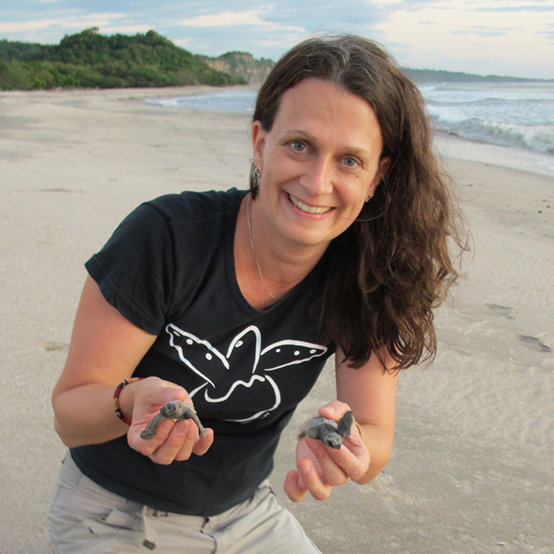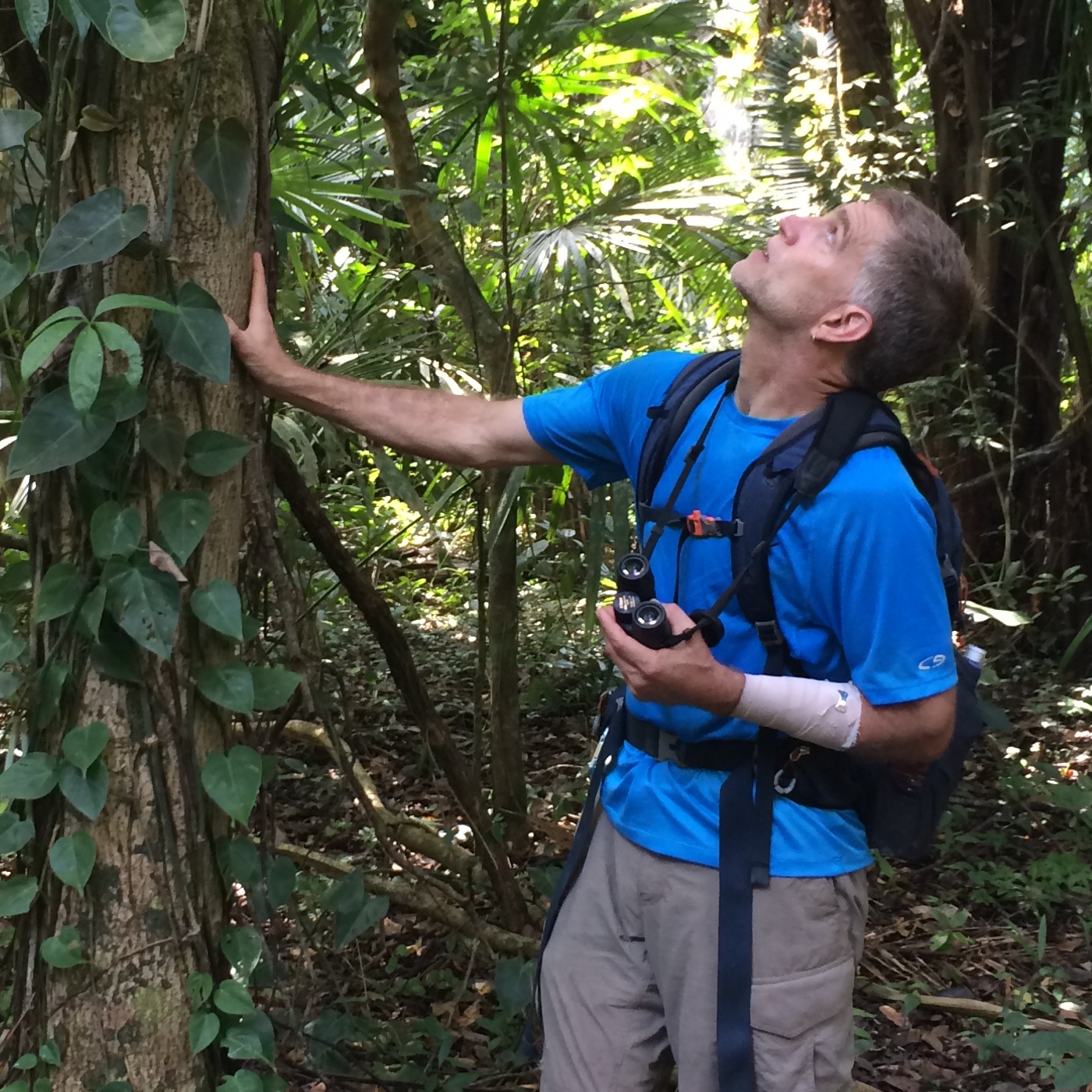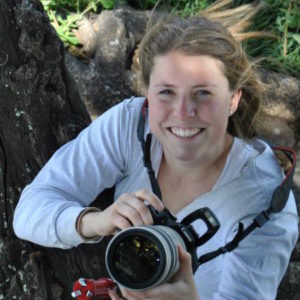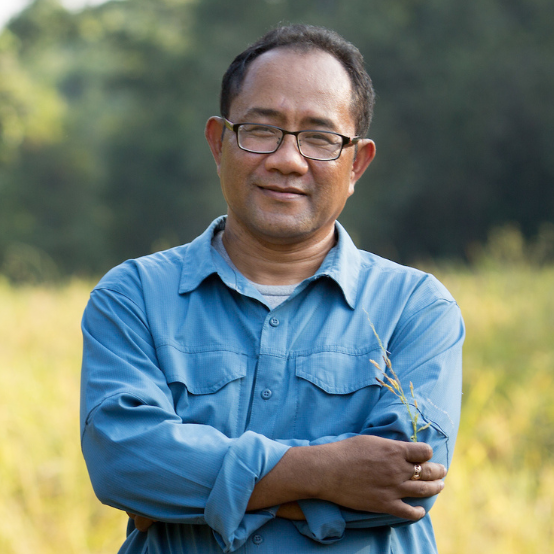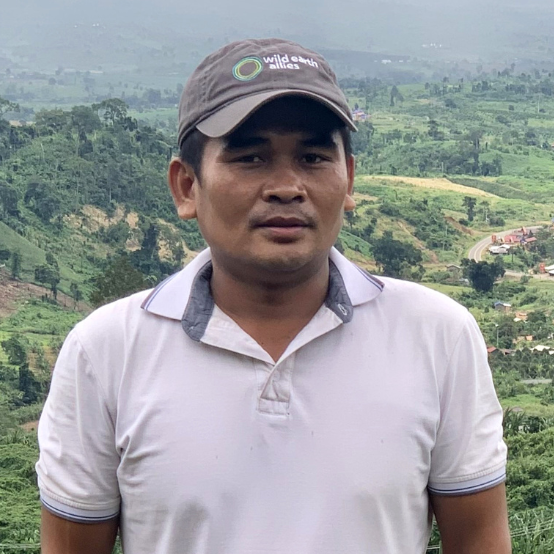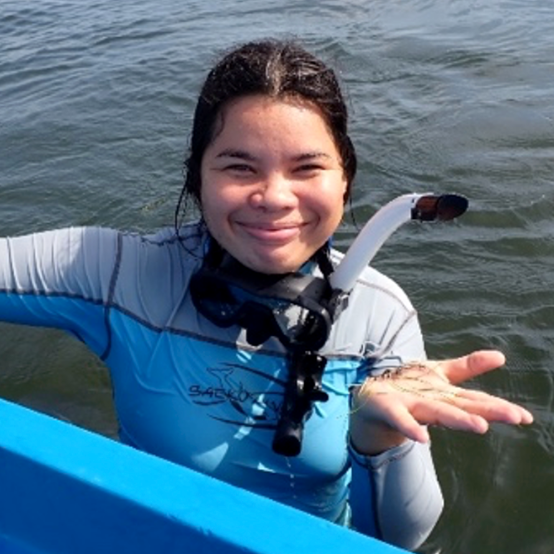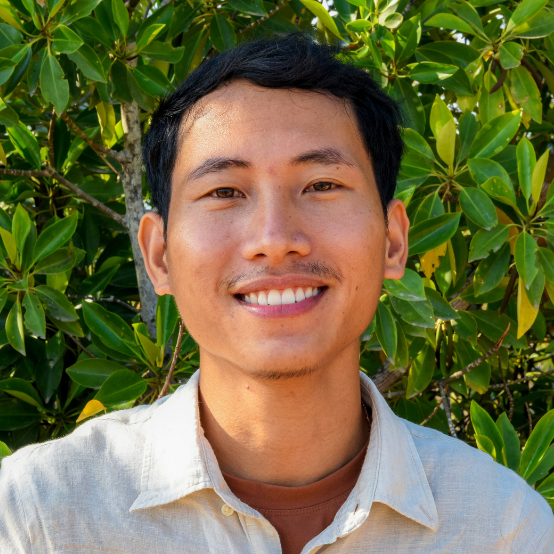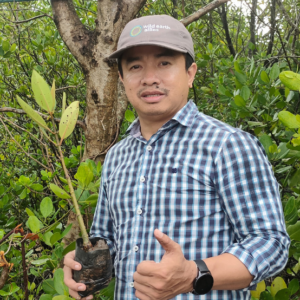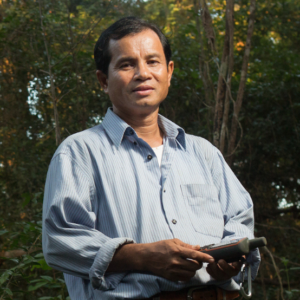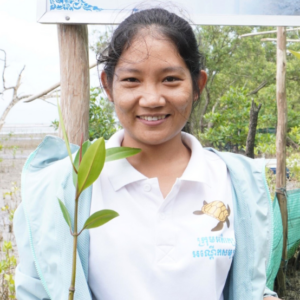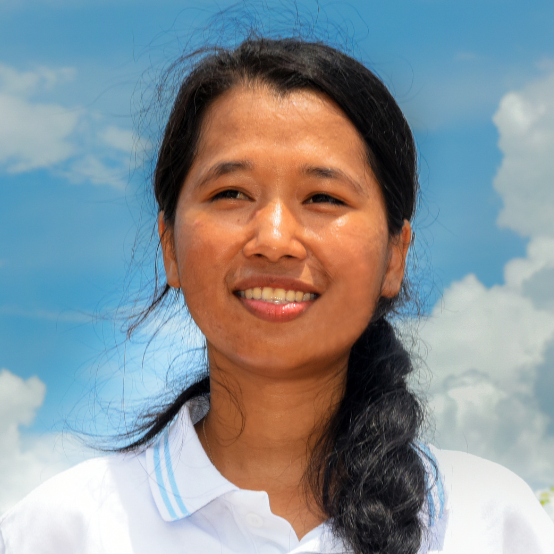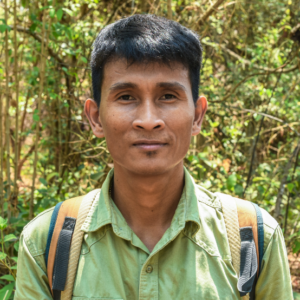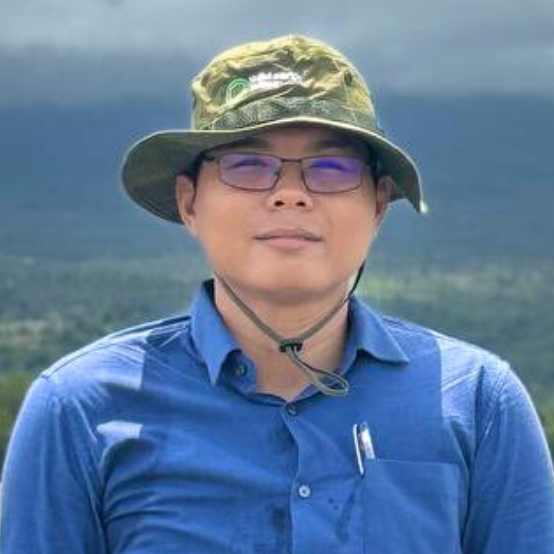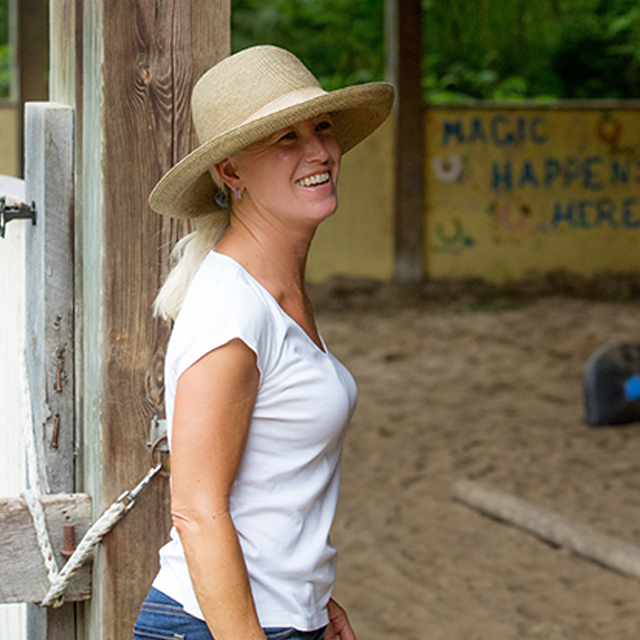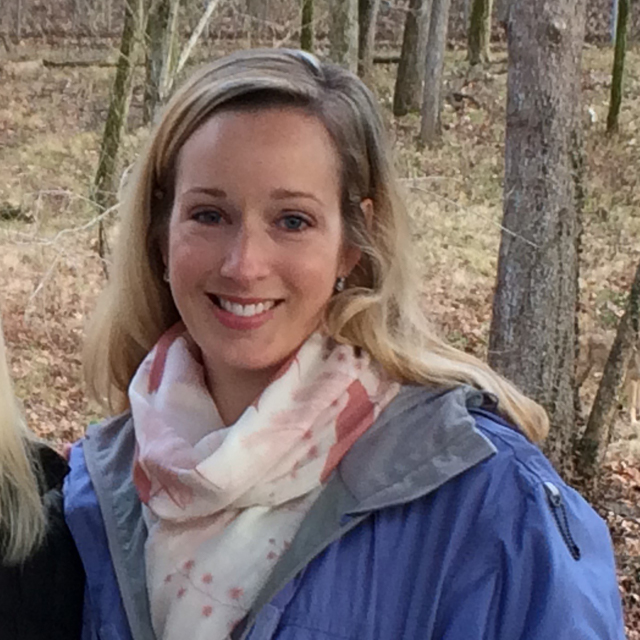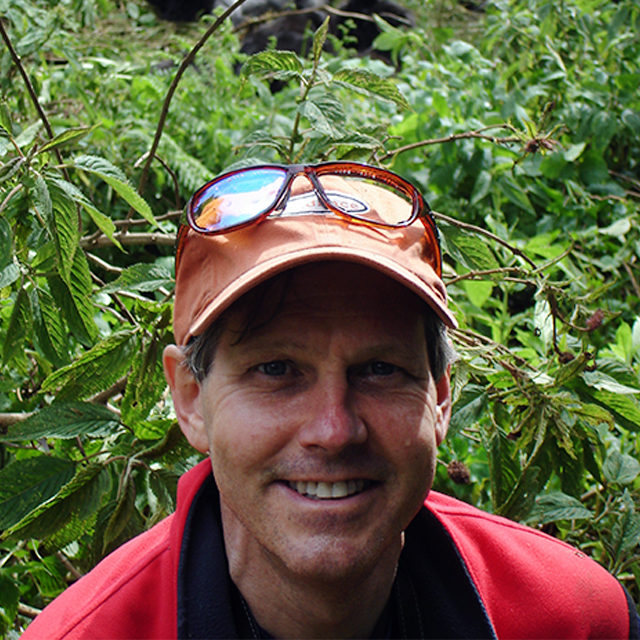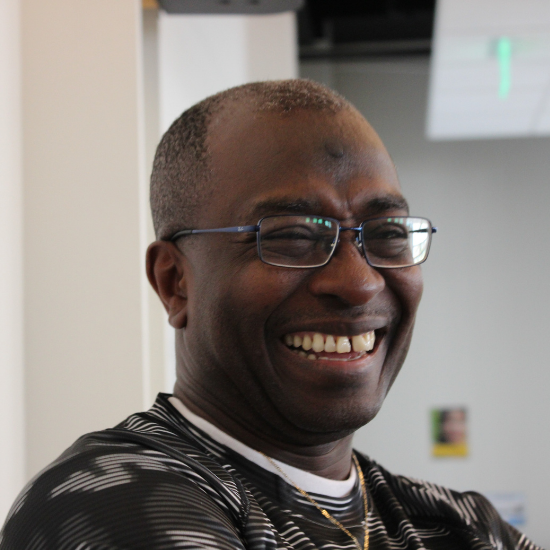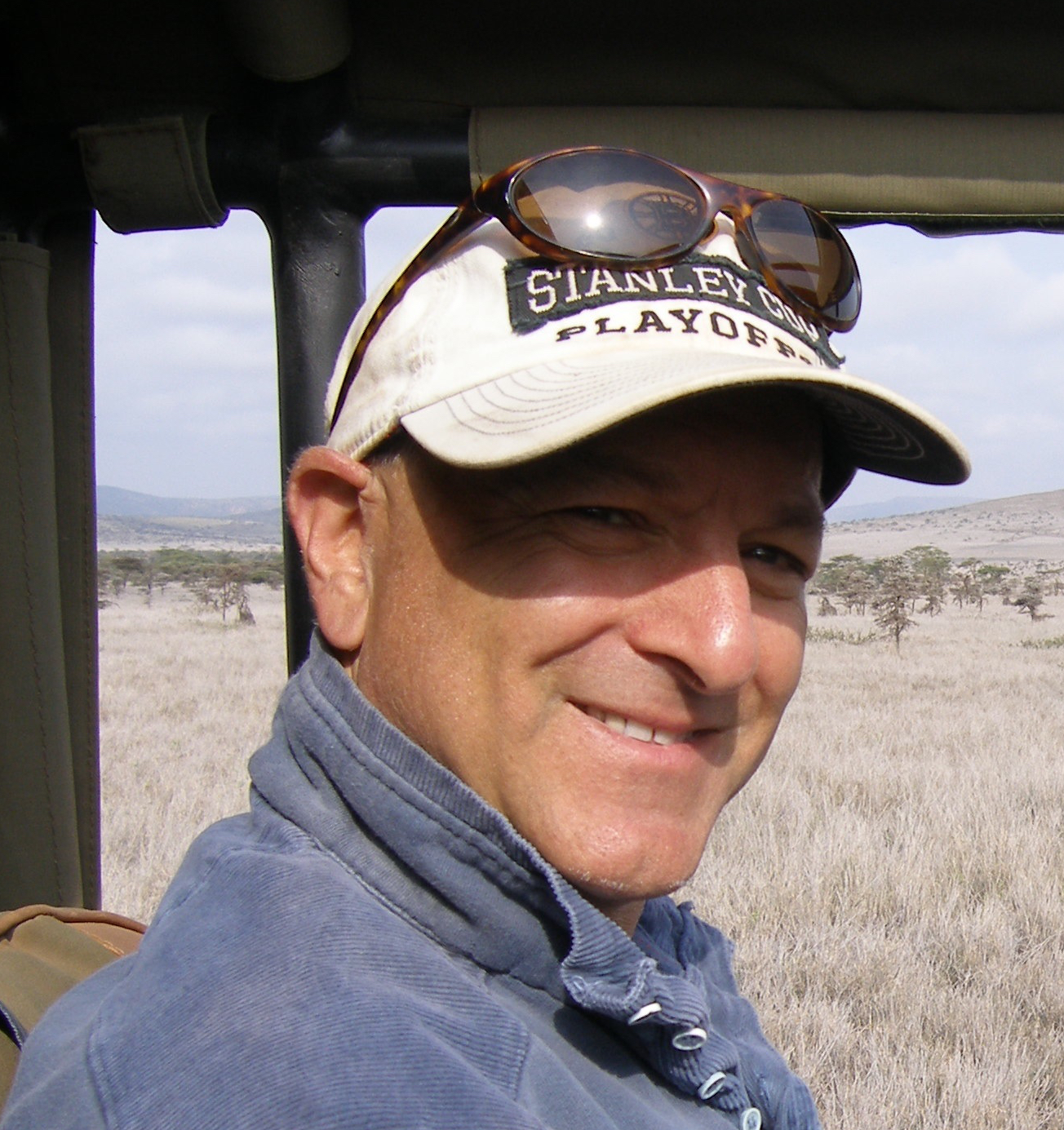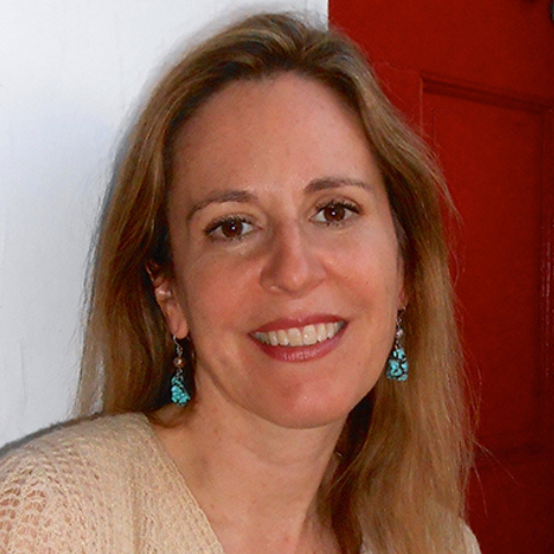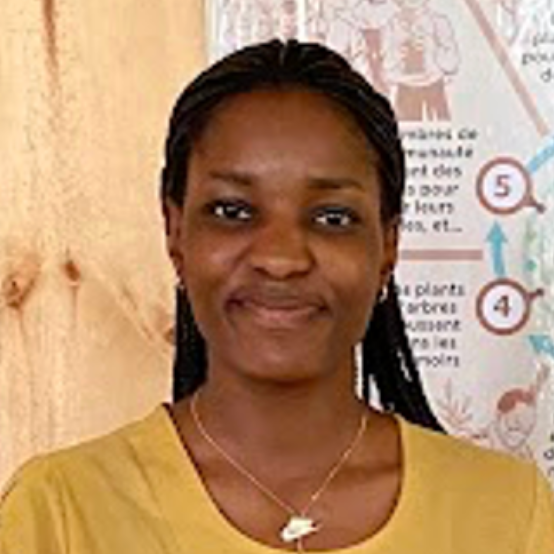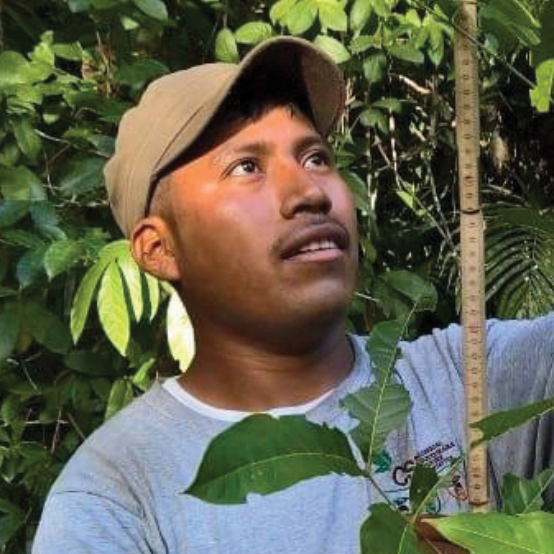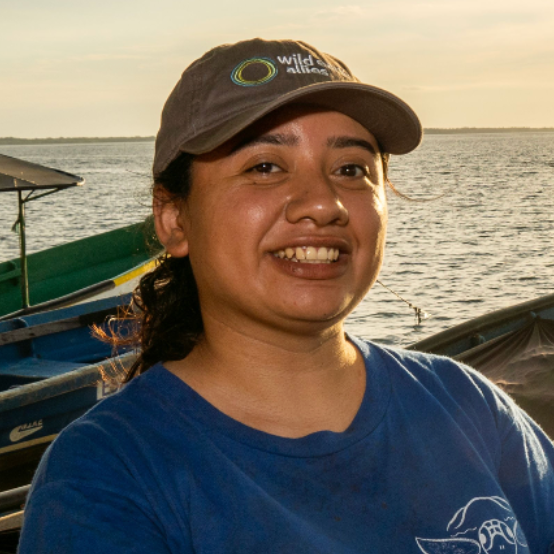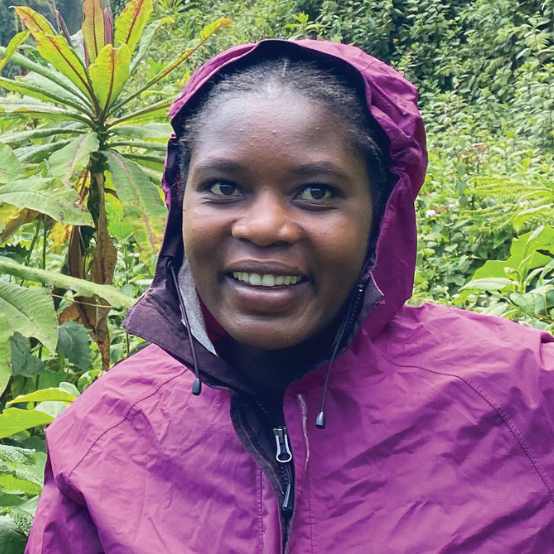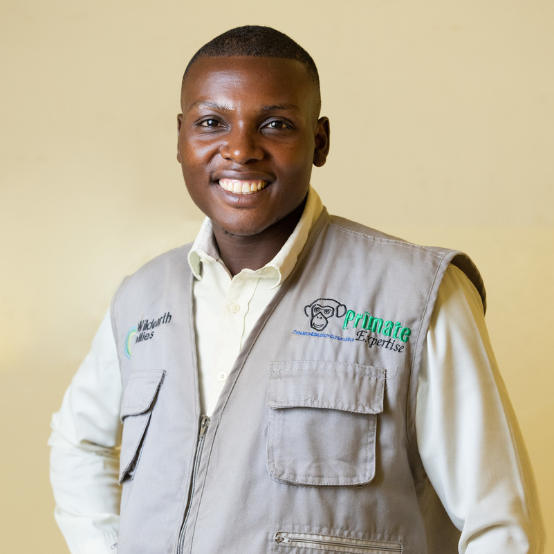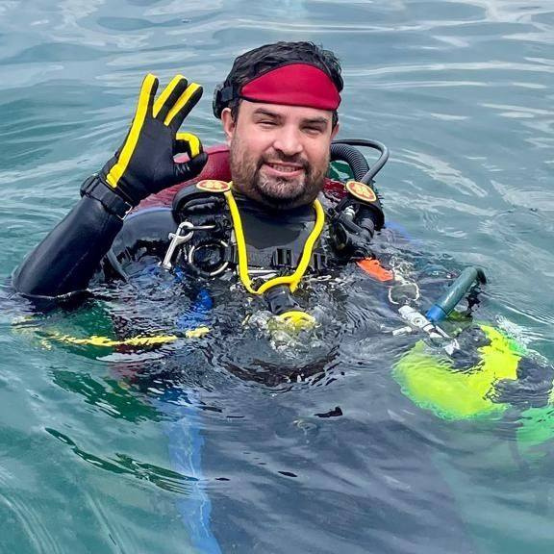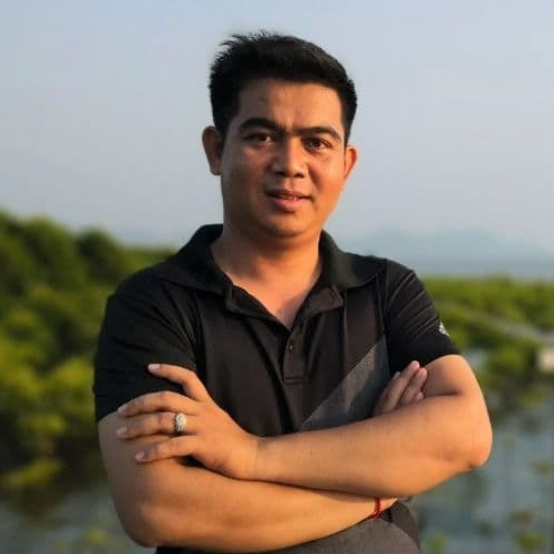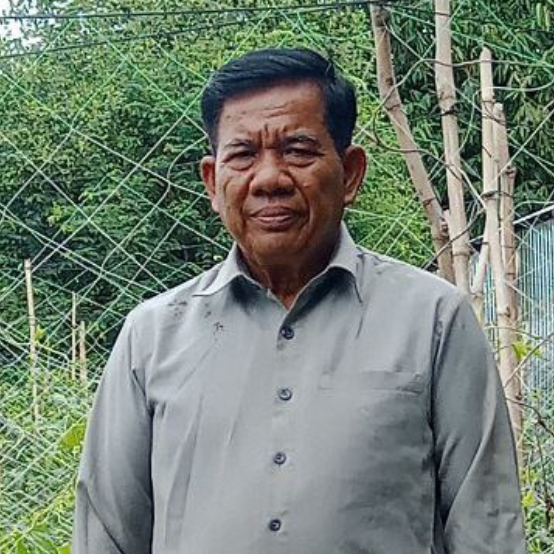With your support, we are building new partnerships and growing our current programs. We are proud to share our latest impact in our 2023 Mid-Year Progress Report.
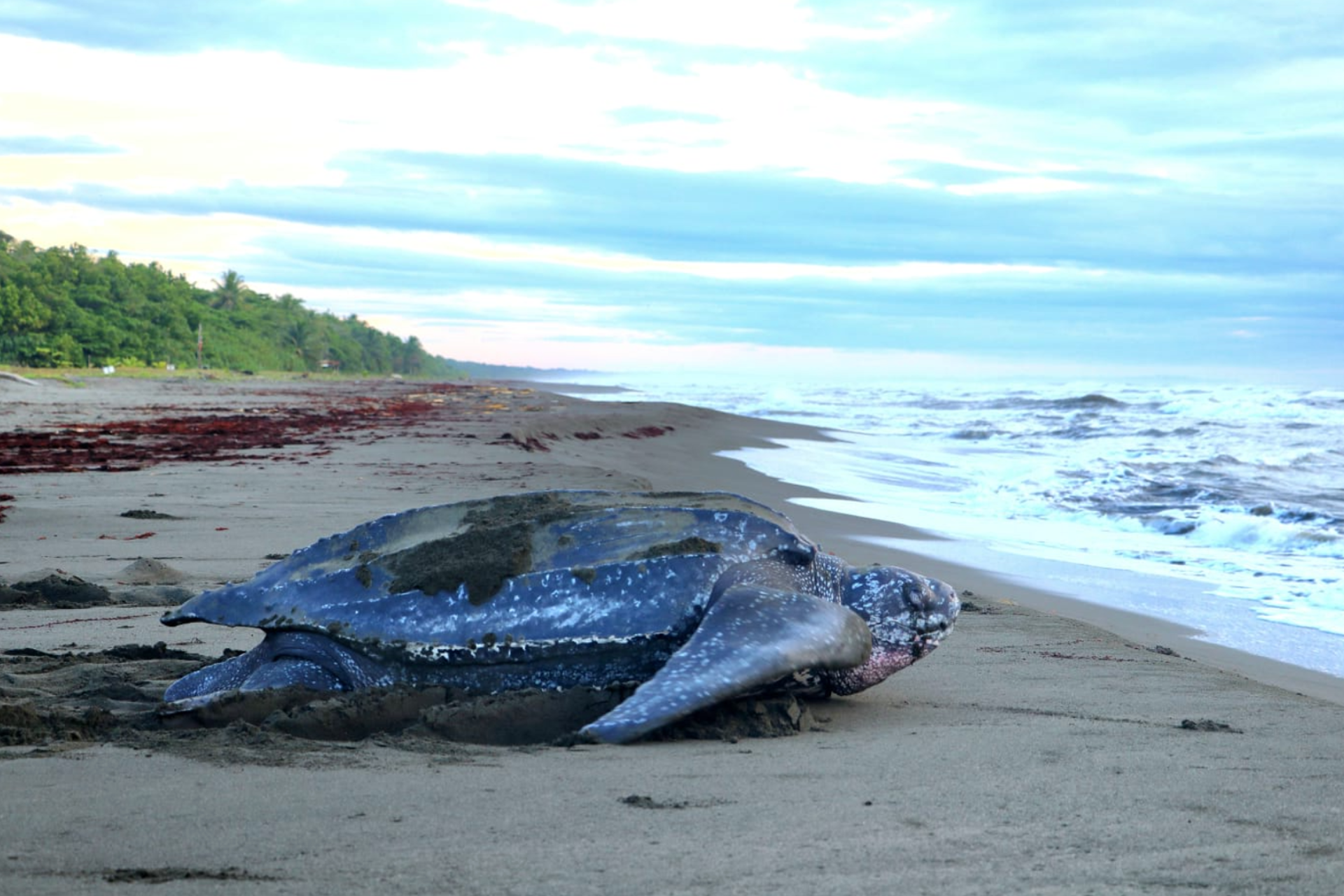
A leatherback sea turtle in Costa Rica (Photo courtesy of LAST)
A New Partnership to Protect Leatherback Sea Turtles
We are joining forces with the Latin American Sea Turtles Association (LAST) in Costa Rica to conserve an endangered population of leatherback sea turtles. Our efforts will protect two essential nesting beaches and support leatherback recovery in the Northwest Atlantic.
Like most beaches of Central America, leatherbacks in our project area are at risk due to the poaching of their eggs for human consumption and the loss of their habitat from pollution, coastal development, and the impacts of climate change. In some areas, the hunting of nesting females for their meat also persists. Together with LAST and coastal community members, we will:
- Patrol beaches to safeguard nesting females
- Build a hatchery for the protection of relocated eggs
- Improve the nesting ecosystem through beach clean-ups
- Engage schoolchildren in environmental education and conservation
- Train local staff and volunteers on sea turtle biomonitoring techniques
Didiher Chacón, LAST Director, is a renowned sea turtle conservation expert in the region. He has been a close colleague of José Urteaga, Wild Earth Allies’ Director of Marine Partnerships, for more than two decades. Among several distinctions, Didiher is the recipient of the Whitley Fund for Nature award (2005).
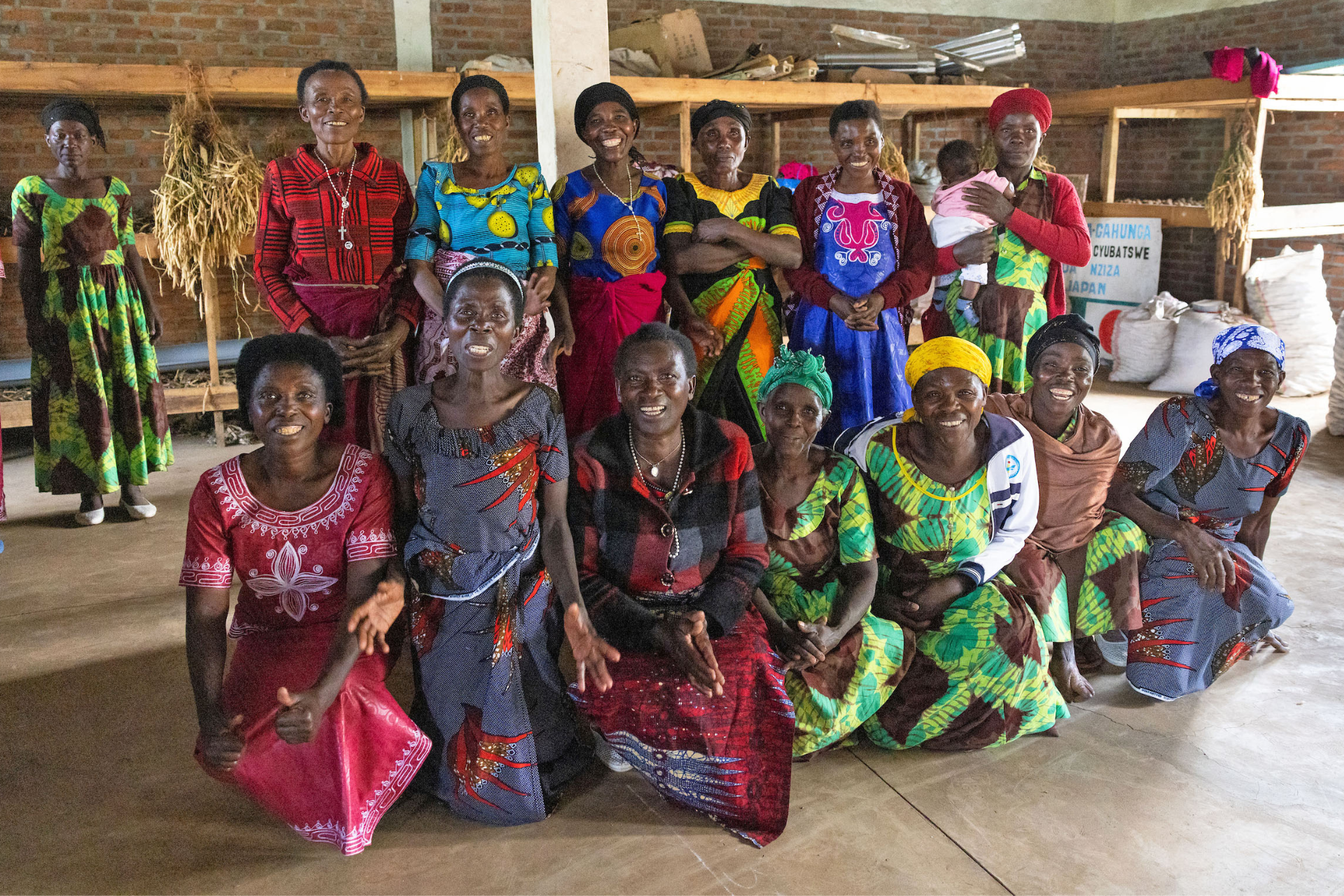
A group of women who received loans through Imbereheza Gahunga’s revolving loan fund (Photo by Allison Shelley)
Loans Unlock Opportunities for Women in Rwanda
The revolving loan fund we started with the women-led cooperative Imbereheza Gahunga continues to drive positive change for people and nature in Rwanda. The first 50 recipients used their loans to rent land and grow crops for food and income. In addition to improving family food security with what they grow, the women use their earnings to purchase essentials like family health insurance and school supplies. One hundred percent of these first-round loan recipients have already repaid their loans in full—six months earlier than the agreed 18-month repayment window. This is a remarkable result in one of the poorest areas of Rwanda.
Improved livelihoods for women and their families also reduce the need for resource collection in Volcanoes National Park—a haven for endangered mountain gorillas.
In 2023, the cooperative has extended loans to 70 members. We look forward to unlocking more opportunities together for rural women in Rwanda.
Camera trap footage of blue monkeys on Idjwi Island (Video courtesy of Primate Expertise)
Benefits from the Ape Trees™ Project Expand to Idjwi Island
Our Congolese partner Primate Expertise is bringing their successful community-based Ape Trees™ program to Idjwi Island in Lake Kivu. This reforestation effort will help restore a highly threatened population of blue monkeys and improve the island economy.
Blue monkeys were believed to be extinct on the island following a period of widespread deforestation in the 1990s. But recently, Dr. Augustin K. Basabose—primatologist, National Geographic Explorer, and Founder and Executive Director of Primate Expertise—reconfirmed their presence. Born and raised on the island, Augustin has close ties with families living nearest to blue monkeys. Early progress shows that the monkeys already use trees cultivated by the Ape Trees™ project.
Our conservation action plan includes targeted forest restoration, community wildlife patrols, environmental education, and sustainable livelihood engagement in support of a vibrant future community reserve on Idjwi Island.
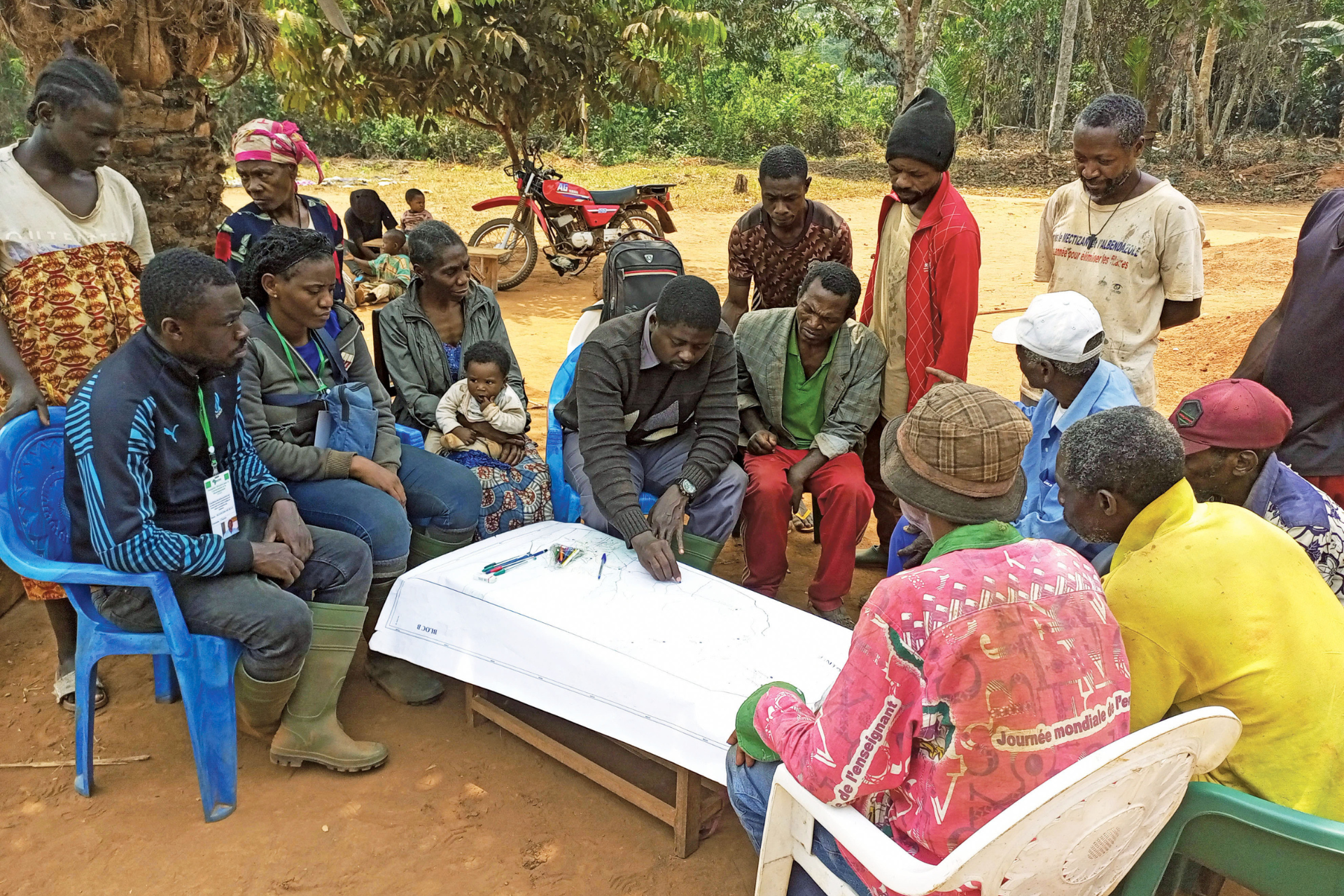
Community members in the Dja Biosphere Reserve take part in participatory mapping. (Photo courtesy of ACDEF)
People-centered Conservation in the Dja Biosphere Reserve
Our new partnership with the African Conservation and Development Foundation (ACDEF) and 13 communities is designed to improve the well-being of people and wildlife near Cameroon’s Dja Biosphere Reserve—a UNESCO World Heritage Site facing increasing environmental pressures.
At-risk wildlife like African forest elephants, western lowland gorillas, and central chimpanzees roam the reserve’s 1.3 million acres of exceptional rainforest habitat. Communities living in and around the reserve also depend on its wealth of natural resources for their livelihoods.
Through our collaboration over the coming years, communities will take active roles in managing and benefiting from the biodiversity in this remarkable landscape.
Our long-time colleague and Cameroonian partner, Daniel Pouakouyou, has deep experience in community engagement across Africa. He founded ACDEF almost two decades ago and today collaborates with his wife, Robin Pouakouyou, a noted gender specialist, to promote a more equitable and inclusive future in Cameroon. As Daniel and Robin explain, “In Dja, we want to do conservation differently than in the past. We will put the communities in the driver’s seat and build from their needs and aspirations up to conservation actions.”
A male pileated gibbon in Prey Lang Forest (Video by Neang Thy)
Uncovering Vital Data on Endangered Pileated Gibbons
Knowing the biodiversity in Cambodia’s Prey Lang Forest is essential to the improved management of this vital landscape. For the past two years, our team has conducted targeted surveys of pileated gibbons in the forest in collaboration with Indigenous Kuy community members and Cambodian government rangers. Our surveys showed a larger gibbon population than previously believed. Such promising results confirm Prey Lang as a globally important refuge for gibbons and emphasize the urgency of protecting this population.
Pileated gibbons are one of the most under-studied apes, making this new assessment critical to future conservation efforts. About one-third of Cambodia’s pileated gibbons live in Prey Lang, where their habitat is at risk from deforestation.
In addition to surveying the number of gibbons in different forest areas, we are studying their diet to understand which plant species gibbons prefer. These data will help identify high-quality habitat areas and inform protection strategies.
The full results of our research to date will be released in the summer of 2023.
Collaborative Impact to Date Includes:
3 million+
acres of vital land and seascapes conserved with communities globally
43
at-risk wildlife species protected across 12 vital habitat areas
1,304
tree species documented in Belize, with a digital app in development
10%
increase in Grauer’s gorillas in our DRC project area with Primate Expertise
124%
increase in plant diversity in Delaware’s Great Cypress Swamp since the 1990s
5,900
endangered pileated gibbons surveyed in Prey Lang Forest, Cambodia
316,400
hawksbill hatchlings released with ProCosta in El Salvador since 2008
619
household water tanks benefiting people and mountain gorillas in Rwanda
Where We Work
